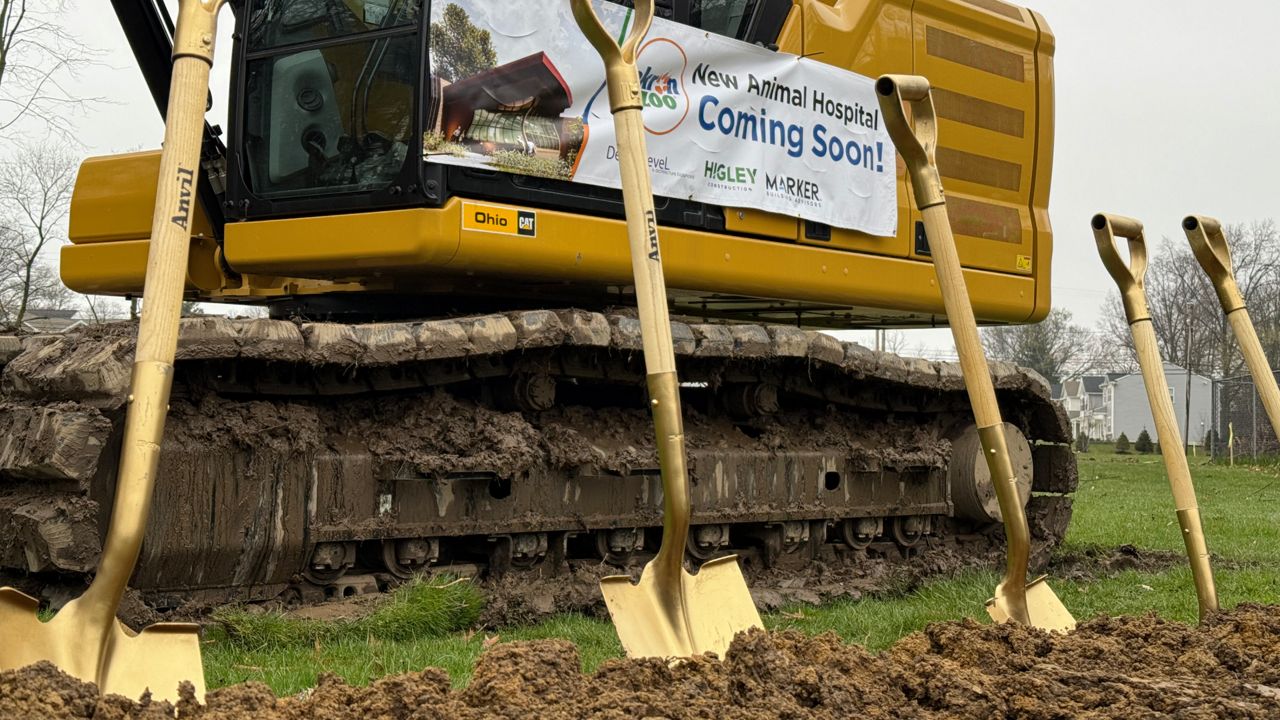CLEVELAND — A plan to build up underutilized riverfront will play a key role in increasing the number of people who live in downtown Cleveland.
What You Need To Know
- Focus on communities is the key to reversing decline of population and jobs
- Plans call for revitalization to Collision Bend, renewed Cuyahoga Riverfront and built up Canal Road
- Proposed project coincides with the city's larger Vision for the Valley
"It's absolutely essential for Cleveland and Cuyahoga County to put people and jobs on the land that has the infrastructure and to focus on communities. That's going to be the way of which Cleveland reverses structural decline of population and jobs," said Hunter Morrison, a senior fellow at Cleveland State University.
The City of Cleveland, along with business leaders, shared plans that include a revitalized Collision Bend, renewed Cuyahoga Riverfront and a built up Canal Road. Plans also call for a redeveloped Tower City Center.
“As my colleague has said, people if given a choice will go from old to new," explained Morrison, "and if all that’s new is out in the suburbs, then that will encourage people to move towards new. If you have good quality, new, in the center of the city, the neighborhoods that surround the downtown and university circle will have people looking for new and finding that opportunity there.”
David Sharkey, with Progressive Urban Real Estate, said there are definitely areas around Ohio City, Tremont and downtown that could use a lift.
“They’re not bad, they’re just not pleasant," said Sharkey. "They might be overgrown, they might be abandoned. When you talk about bringing this type of development, you’re bringing life to places that don’t currently have life.”
The proposed project to build up Cleveland's riverfront will coincide with the city's larger Vision for the Valley.
Right now, the Flats East Bank acts as a stop for boaters and kayakers coming from Lake Erie and traveling along the Cuyahoga River. Vision for the Valley believes maritime interest will continue to grow as they build up the infrastructure.
"Recreational boating activity will only continue to increase as investment continues within the Valley,” the project’s website says. “While we desire to see investment continue, our economic heritage with respect to utilitarian maritime transportation will continue to remain viable for the near future. The River Valley is where our past and our future meet. This project creates a unique opportunity to address a growing challenge of the coexistence of divergent maritime and land based uses."
Both Morrison and Sharkey noted the challenges of building next to a watershed, but believe a solid plan will do a lot for Cleveland.
The entire vision, like many other iconic projects, will take decades to come to fruition.
“Playhouse Square took 25 years," said Morrison, "most of these developments are multi-decade in length and require the community to stick with it.”










